Three Sarees To Start With If You’ve Never Worn One- Part One
Sumitra Selvaraj has been wearing sarees to work since she was in her twenties. And it frustrates her that weearing a saree regularly is considered somewhat odd. She believes it’s not the saree, rather the society’s perception of it that needs to be examined. And she’s been championing the cause and being part of the discussion, one saree at a time.
When not writing Sarees and Stories, she can usually be found curled up and day-dreaming with a book, some single malt, her two dogs and husband all within easy reach. Find her Instagram here!
In this column, she shares with us her three picks for sari-wearing beginners.
———————————————————————————————————————————————————————–
Three Sarees to Start With If You’ve Never Worn One
1. Raw Silk
If you’re planning on purchasing a saree for the first time, I’ll assume that it’s to wear to an event or a special occasion. Have you considered a Raw Silk saree?
The name of the saree comes from the fact that the gummy coating on the silk filament is not removed prior to spinning, resulting in a silk yarn that is knobbly and uneven textured. This is then woven in a saree with a characteristically coarse feel, (compared to most silk sarees, which are spun from yarn made of ‘cleaned’ silk filaments) but the advantage of this is that the saree is easy to pleat and falls beautifully with little effort.
Also, the uneven texture of the saree means that light reflects off of it differently, giving Raw Silk sarees a depth of colour like no other.
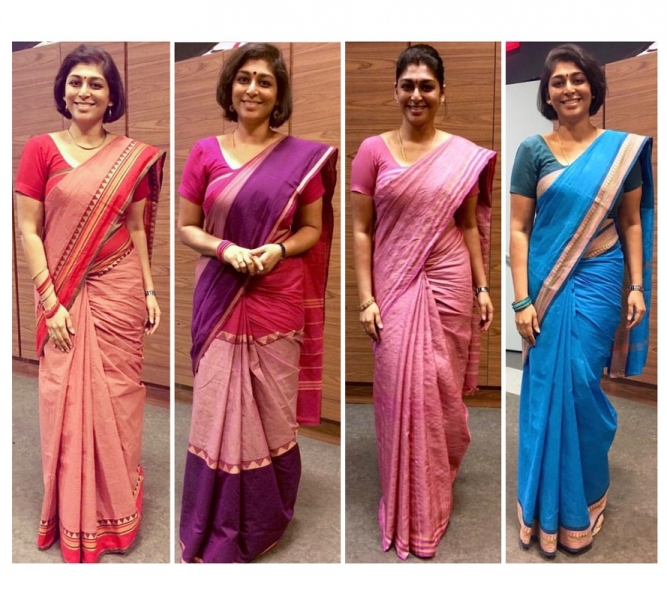
|
In Chettinad Cotton And Raw Silk (Second From Right) Sarees
2. Chettinad Cotton
When I started working, Chettinad Cotton sarees were my choice of office wear because the price point of these sarees was extremely wallet-friendly!
Traditionally, Chettinad Cotton sarees are starched before draping, and this is what lends to its reputation of a ‘difficult’ saree. The secret of perfecting a Chettinad Cotton drape, lies in its starched countenance. Most Chettinad Cotton sarees come with a running blouse piece, which means that you need to remove a metre of fabric from the inside edge of the saree, to sew the blouse. My suggestion to you is to leave the running blouse material as is, and work with a saree that is almost 7 yards long. Make deep pleats to tuck into the waist; the deeper the pleat, the more likely it is to stay in place.
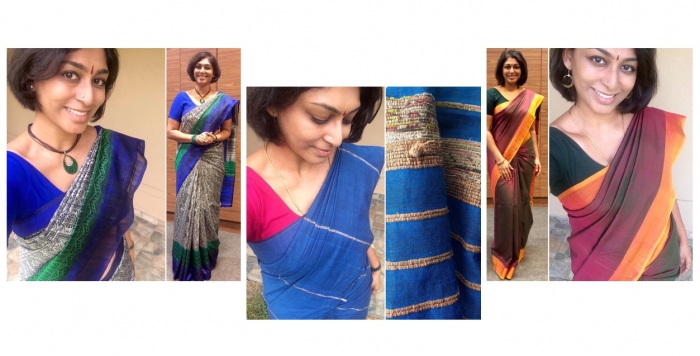
|
In Raw Silk And Khesh (Centre) Sarees
3. Khesh
If you’re looking for something that doesn’t require any special treatment, my suggestion would be a Khesh; these are soft cotton sarees that utilise recycled sarees as part of the weave. Old cotton sarees are ripped by hand into rags and are woven alongside new yarn, to form a saree that is the epitome of sustainable fashion.
Khesh sarees are very plain… They are usually in a single colour and with a minimal number of narrow lines on the body and pallu. Besides the one of a kind appeal of a Khesh, the material itself feels like a well-worn t-shirt. The fabric is relatively thick (compared to a Chettinad Cotton) but instead of adding heft, the pleasing thickness of the Khesh means that the saree drapes beautifully, and doesn’t crease easily.
These three weaves are a great way to start you off on a saree discovering journey.

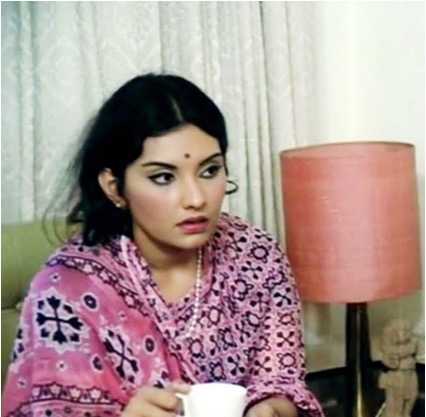
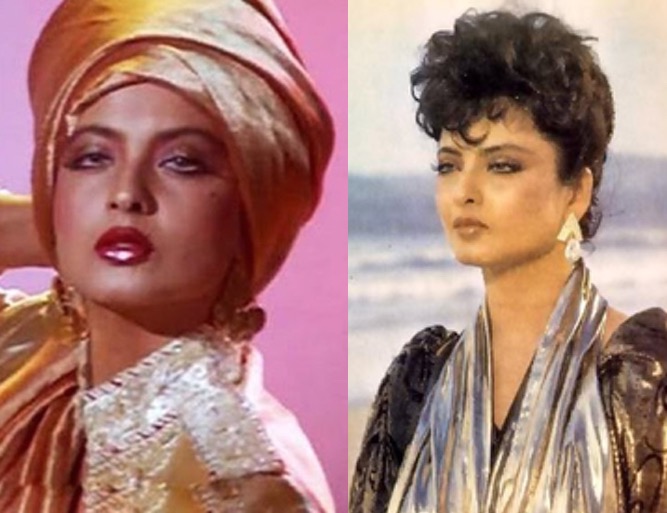
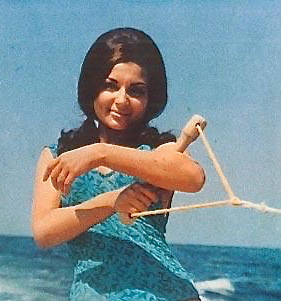
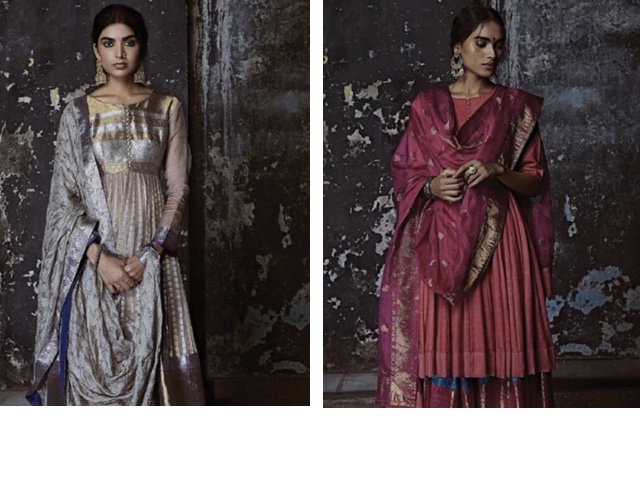
What a lovely way to share the saree experience.
Really enjoyed the article and now I miss wearing mine as I have now moved to Australia.
Long live the saree. A very elegant garment and matching is so important.
nicely done!
Lovely….and draped SO perfectly. These are so work-wear apt sarees. Please, Please do a tutorial on how to drape.
Chettinad sarees, while lovely and economical and available in a vast array of colours are a bit maintenance heavy- they crumple easy and have to be starched to keep that stiff appearance. To Sumitra’s list of easy to wear, fuss free sarees for beginners I would add the Mangalgiri saree. They are beautiful, jewel toned, also pocket friendly ( though not as much as Chettinad), they look expensive and drape exquisitely.
Interesting !
Such a lovely read. She looks gorgeous in her saris (particularly the draping) and so is her writing. She should give guidance to the so called only sari wearing “celebs” on how to frickin’ DRAPE. Just wearing designer saris & designer necklaces does not maketh a look.
you just couldn’t hold your negativity in,right. Sigh !
Stating facts is negativity. Ha. So be it. Even simple “nicely done” comments have gotten thumbs down. So yeah.
i agree.Now a days this designer saree has taken away the charm of real saree.
I remember in my first job back in India which was an IT firm – I used to love wearing saris and people at work would be like – is anything special today. Jus as you mentioned , wearing a sari even in Indian workplaces is looked upon with a surprise. Now that I am in US I miss wearing them but then I go all out during dusshera ??Can’t wait!
I’ve been her ardent follower on Instagram. So happy to know that she made it to HHC. She has impeccable taste in sarees and those drapes are so perfect. Keep going Sumitra!!
Enjoyed reading it, thanks!
She looks exemplary in the sarees. South Indian lady for sure.
Loved, loved reading this post! I’m so in awe of sarees but it takes me so long to wear them and get dressed that it is almost a downer. With my short, petite frame, I shy away all the more. These posts and of course HHC instills it again n again n again.. go for it.. it’ll get better for sure 🙂
Hi Sareena,
They say practice makes perfect and it is the same way here too. You just have to start. 🙂
Sareena, in no time you’ll be the expert teaching others how to drape them. Mysore crepe silk sarees, linens, Maheshwaris will look amazing on a petite frame. These are easy to drape to. Best of luck. I wish one could post pics on this blog, would love to see your progress.
Wow ! And every single saree draped so perfectly.
She looks lovely and the drape is so easy and casual!
Unfortunately, I’ve always had a phobia – mostly because of my frame (I think sarees accentuate the midriff and hips a little much) and also because I have a feeling I’ll trip 🙂 Looking at the post makes me want to experiment though, very well written!
The awesome thing about the saree is, you can modify the pleats and the Pallu draping style to fit with what you are comfortable with. So, on one hand, there are the revealing movie Rain song type drapes, and on the other hand, with a conservative blouse, the petticoat tied high enough and generous pleats that are not too tight, you can make sure that you are completely covered, with no emphasis on any body parts. This is how I like to wear my saree.
That was a good read.. but sorry to disagree the drape looks very mechanical and corporate (school teacherish)… it just kills the flow and the beauty of a saree
How neatly drapped.. You look adorable 🙂
The saree perse is a very flexible and giving garment. My chagrin is that I am so used of wearing Western clothes, almost all of which have some degree of stretch, a blouse can feel restrictive after a few hours.